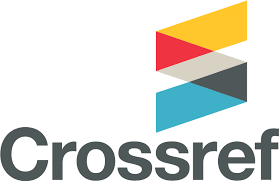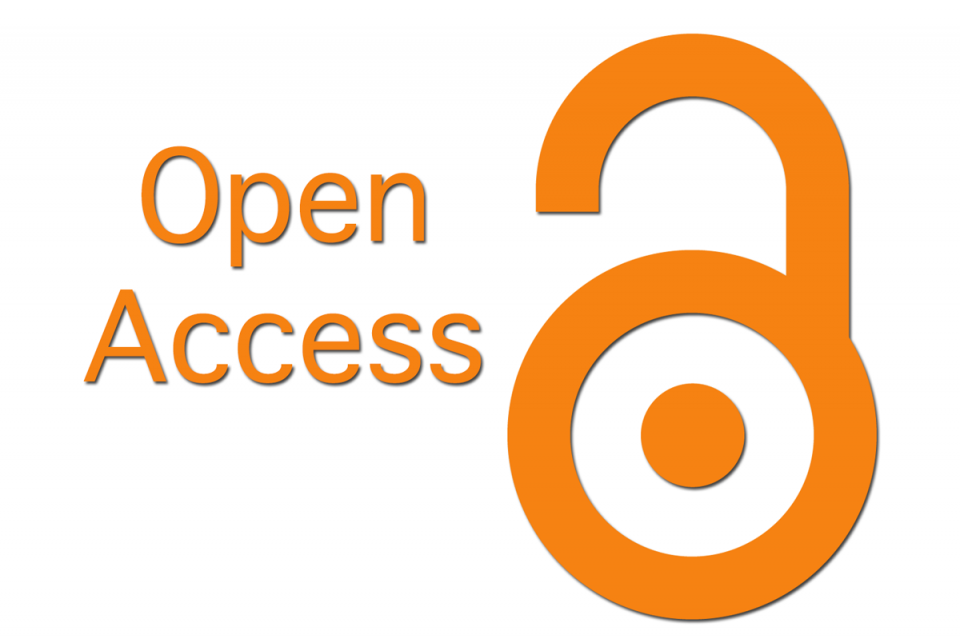SPEECH INFLUENCE IN FRIENDLIST TEXTS OF THE SOCIAL NETWORK
Abstract
Texts of social networks allow studying the informal speech behavior and values of our contemporaries. The analysis of the surface syntactic frame of utterance shows how the addresser can influence the interlocutors, thus, the addressee should be able to analyze texts.
Downloads
Metrics
References
Апресян Ю. Д. Типы соответствия семантических и синтаксических актантов. Проблемы типологии и общей лингвистики. СПб., 2006. URL: http://www.philology.ru/linguistics2/apresyan-06.htm
Баранов А. Н. Введение в прикладную лингвистику. М., 2001.
Гаспаров Б. М. Язык. Память. Образ. Лингвистика языкового существования. М., 1996.
Касевич В. Б., Храковский В. С. Конструкции с предикатными актантами: Проблемы семантики. Категории глагола и структура предложения: Конструкции с предикатными актантами. Л., 1983. С. 5–27.
Кацнельсон С. Д. Типология языка и речевое мышление. Л., 1972.
Лащук О. Р. Редактирование информационных сообщений. М., 2004. URL : http://evartist.narod.ru/text3/46.htm
Левин Ю. И. Избранные труды. Поэтика. Семиотика. М., 1998.
Падучева Е. В. Семантические исследования: Семантика времени и вида в русском языке; Семантика нарратива. М., 1996.
Падучева Е. В. Динамические модели в семантике лексики. СПб., 2004.
Теньер Л. Основы структурного синтаксиса. М., 1988.
Wierzbicka A. Dociecania semantyczne. Wroclaw, 1969.
REFERENCES
Apresyan J. D. Types of Correspondence of Semantic and Syntactical Actants. Problems of Typology and General Linguistics [Tipy sootvetstvija semanticheskih i sintaksicheskih aktantov. Problemy tipologii i obshhej lingvistiki]. St. Petersburg, 2006. URL: http://www.philology.ru/linguistics2/apresyan-06.htm
Baranov A. N. Introduction to Applied Linguistics [Vvedenie v prikladnuju lingvistiku]. M., 2001.
Gasparov B. M. Language. Memory. Image. Linguistics of Language Existence [Jazyk. Pamjat'. Obraz. Lingvistika jazykovogo sushhestvovanija]. M., 1996.
Kasevich V. B., Khrakovsky V. S. Constructions with Predicate Actants: Problems of Semantics. The Categories of the Verb and the Structure of the Sentence: Constructions with Predicate Actants [Konstrukcii s predikatnymi aktantami: Problemy semantiki. Kategorii glagola i struktura predlozhenija: Konstrukcii s predikatnymi aktantami]. Leningrad, 1983. P. 5–27.
Katznelson S. D. Typology of Language and Speech Thinking [Tipologija jazyka i rechevoe myshlenie]. Leningrad, 1972.
Lashchuk O. R. Editing of Information Messages [Redaktirovanie informacionnyh soobshhenij]. Moscow, 2004. URL : http://evartist.narod.ru/text3/46.htm
Levin J. I. Selected Works. Poetics. Semiotics [Izbrannye trudy. Pojetika. Semiotika]. Moscow, 1998.
Paducheva E. V. Semantic Research: Semantics of Time and Aspect in Russian; Semantics of Narrative [Semanticheskie issledovanija: Semantika vremeni i vida v russkom jazyke; Semantika narrativa]. Moscow, 1996.
Paducheva E. V. Dynamic Models in the Semantics of Vocabulary [Dinamicheskie modeli v semantike leksiki]. St. Petersburg, 2004.
Tesnière Lucien. Elements of Structural Syntax [Éléments de syntaxe structurale]. Moscow, 1988.
Wierzbicka A. Semantic Research. Wroclaw, 1969.
Copyright (c) 2018 Юрислингвистика

This work is licensed under a Creative Commons Attribution 4.0 International License.
The authors, which are published in this journal, agree to the following conditions:
1. Authors retain the copyright to the work and transfer to the journal the right of the first publication along with the work, at the same time licensing it under the terms of the Creative Commons Attribution License, which allows others to distribute this work with the obligatory indication of the authorship of this work and a link to the original publication in this journal .
2. The authors retain the right to enter into separate, additional contractual agreements for the non-exclusive distribution of the version of the work published by this journal (for example, to place it in the university depository or to publish it in a book), with reference to the original publication in this journal.
3. Authors are allowed to post their work on the Internet (for example, in a university repository or on their personal website) before and during the review process of this journal, as this may lead to a productive discussion, as well as more links to this published work (See The Effect of Open Access).










